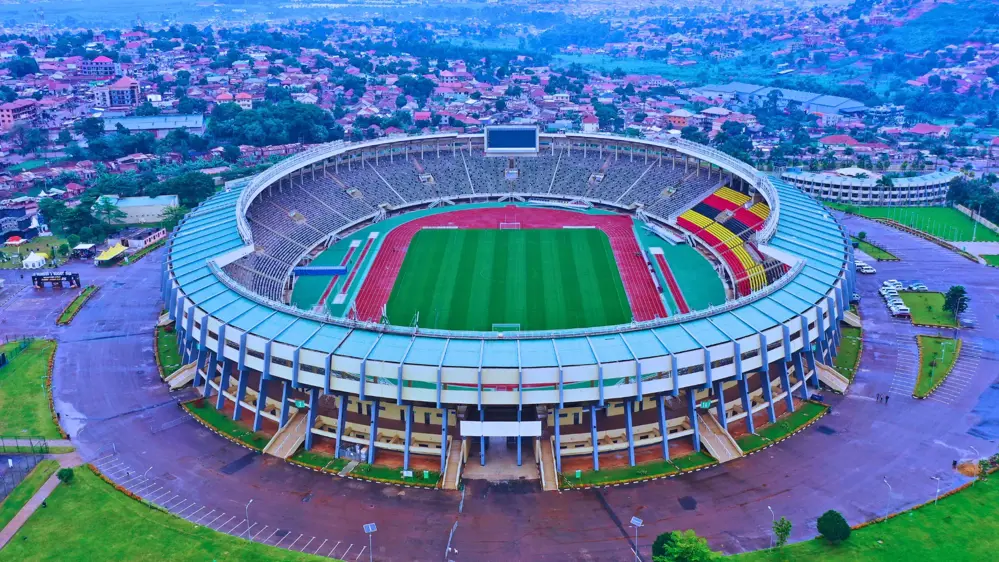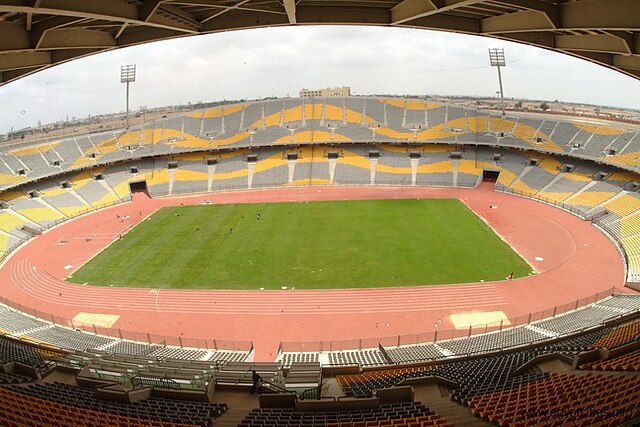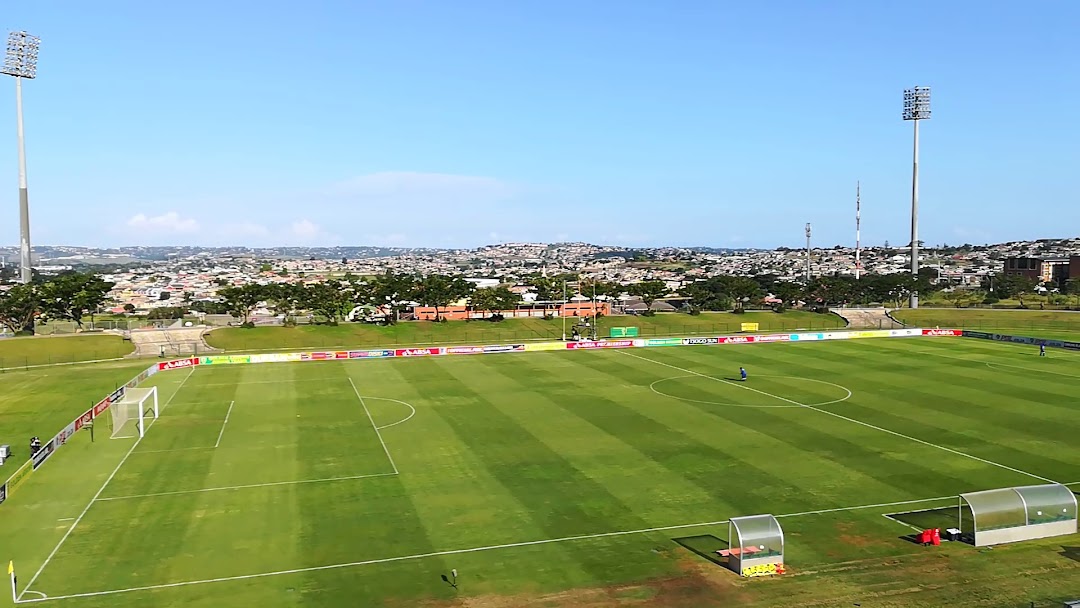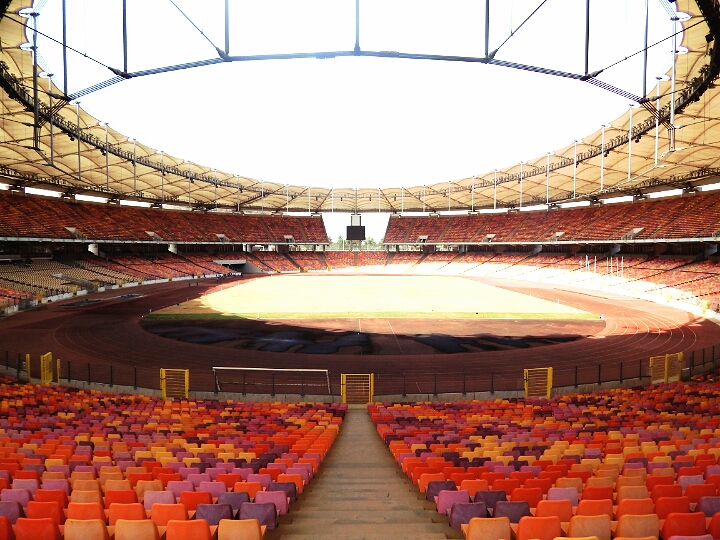Welcome to the Nelson Mandela Bay Stadium, one of South Africa’s most iconic sporting venues! With its distinctive design and top-notch facilities, this stadium has not only hosted some of the world’s biggest sporting events but also become a symbol of hope and unity in the country. If you’re curious about what makes this stadium so special, join us as we take an inside look at its construction, design, and state-of-the-art features that make it stand out from other stadiums around the world. Get ready for an exciting tour!
Nelson Mandela Bay Stadium: An Overview
The Nelson Mandela Bay Stadium, also known as the “People’s Stadium,” is a multi-purpose venue located in Port Elizabeth, South Africa. This world-class stadium was built for the 2010 FIFA World Cup and has since become a landmark of the city. The stadium has a seating capacity of over 46,000 spectators with an innovative design that allows for maximum viewing pleasure.
The unique design of this stadium reflects its cultural significance to South Africans. It incorporates elements from the African continent such as basket weaving which creates light patterns throughout the building. Its shape resembles an African pot or calabash – symbolizing unity through sport.
Aside from being home to numerous sporting events like soccer, rugby, and cricket matches; it is also used for music concerts and other large-scale events. This makes it one of the most versatile stadiums in Southern Africa.
In addition to hosting international sports tournaments like major football leagues and Rugby competitions; Nelson Mandela Bay Stadium is famous for its high-tech facilities that include VIP lounges, private suites, media centres among others. These features make it a great choice not only for sports enthusiasts but also corporate clients looking to impress their guests.
The Nelson Mandela Bay Stadium represents more than just sports – It stands as a representation of hope and unity amongst people regardless of their background or race – truly living up to its name: “The People’s Stadium.”
The Design and Construction of the Nelson Mandela Bay Stadium
The Stadium is a landmark structure that has become an integral part of the Port Elizabeth skyline. The design and construction of this iconic stadium was no easy feat, requiring meticulous planning and execution.
One of the primary considerations for the stadium’s design was its location – it had to be constructed in such a way that it maximized views of both the ocean and North End Lake. As a result, architects designed an elliptical bowl shape with two main tiers, providing uninterrupted views from every seat.
Another crucial aspect was sustainability – the stadium needed to meet stringent environmental standards while minimizing overall costs. To achieve this goal, engineers used recycled materials wherever possible and implemented solar panels for energy-efficient lighting.
The construction process lasted three years, involving over 3 million man-hours. Due to complications encountered during excavation work, builders had to adapt their approach mid-construction to ensure stability.
Despite numerous challenges faced along the way – including budget constraints – the final product is nothing short of impressive.
The Facilities at the Nelson Mandela Bay Stadium
The Nelson Mandela Bay Stadium is a modern facility that boasts world-class amenities for visitors. The stadium has a seating capacity of 48,000 and features state-of-the-art facilities such as high-speed Wi-Fi, CCTV cameras, and LED scoreboards.
One of the most impressive facilities at the stadium is its hospitality suites. These suites offer a luxurious experience to guests with access to private bars, lounges, and balconies overlooking the field. Additionally, there are several restaurants and food vendors located throughout the stadium that cater to all tastes.
For sports enthusiasts looking to stay active during their visit, the stadium also offers an on-site gymnasium equipped with modern fitness equipment. Other facilities include conference rooms for meetings or events as well as ample parking space.
Perhaps one of the most unique features of Nelson Mandela Bay Stadium is its accessibility for people with disabilities. The facility includes designated wheelchair seating areas along with ramps and lifts providing easy access throughout the venue.
Visiting Nelson Mandela Bay Stadium promises not only an unforgettable sporting experience but also top-notch amenities ensuring every visitor’s comfortability regardless of their needs or preferences.
Frequently Asked Questions
We hope that this article has provided you with valuable insights into the facilities, design, and construction of the Stadium. From its iconic architecture to its state-of-the-art facilities, it is evident that the stadium was built for excellence.
To summarize what we’ve covered in this post:
– The Stadium is a world-class sports venue located in Port Elizabeth, South Africa.
– It was designed to pay tribute to the culture and heritage of South Africa while providing top-notch amenities for fans and athletes alike.
– The construction process took just over two years and involved some of the most experienced architects, engineers, and builders from around the world.
– Facilities at the stadium include VIP suites, conference rooms, restaurants, bars as well as ample parking space.
Before we go though let’s look at some frequently asked questions about Nelson Mandela Bay Stadium
Q: What events are held at Nelson Mandela Bay Stadium?
A: The stadium hosts various sporting events such as rugby matches and football games as well as concerts.
Q: Can I take a tour of Nelson Mandela Bay Stadium?
A: Yes! Tours can be arranged by contacting stadium management ahead of time.
Q: How many people can fit inside the stadium?
A: The seating capacity is approximately 46 000 guests
Thank you for taking your time to read this piece on one of South Africa’s greatest stadiums. We encourage you to visit it when next you find yourself in Port Elizabeth!





